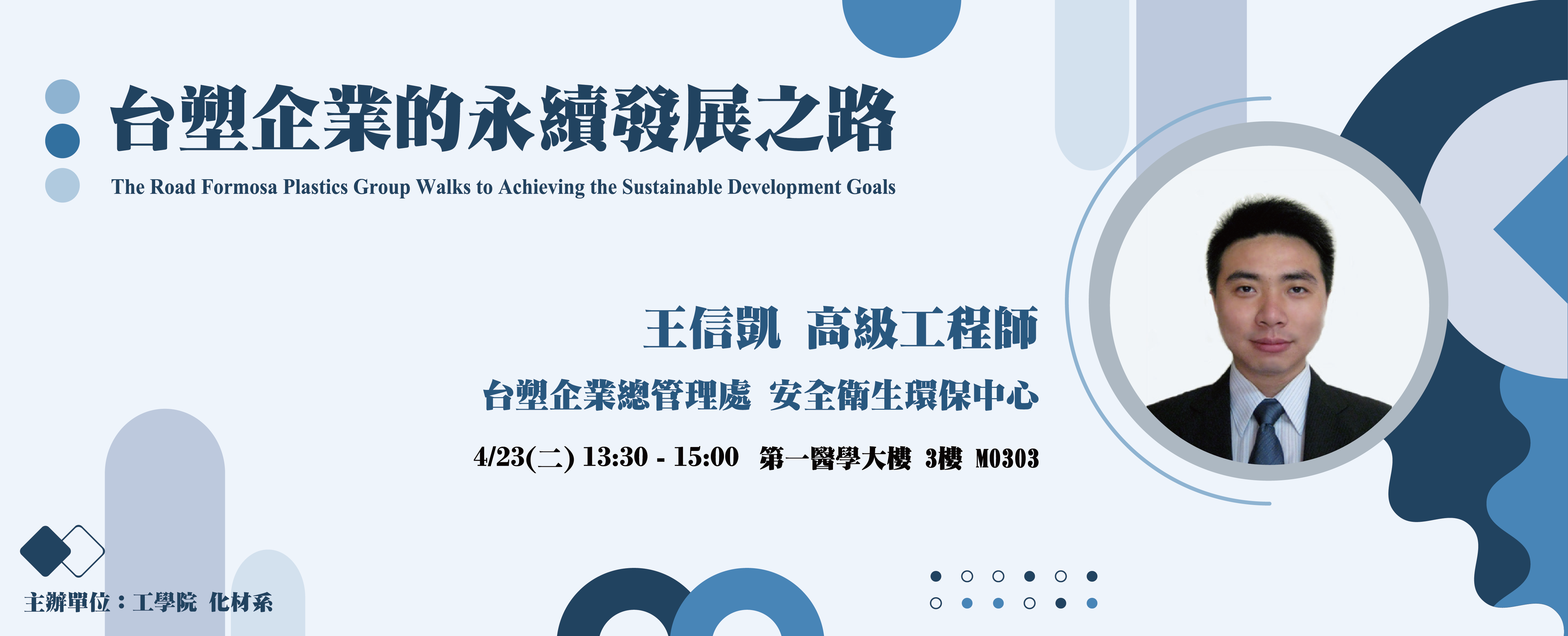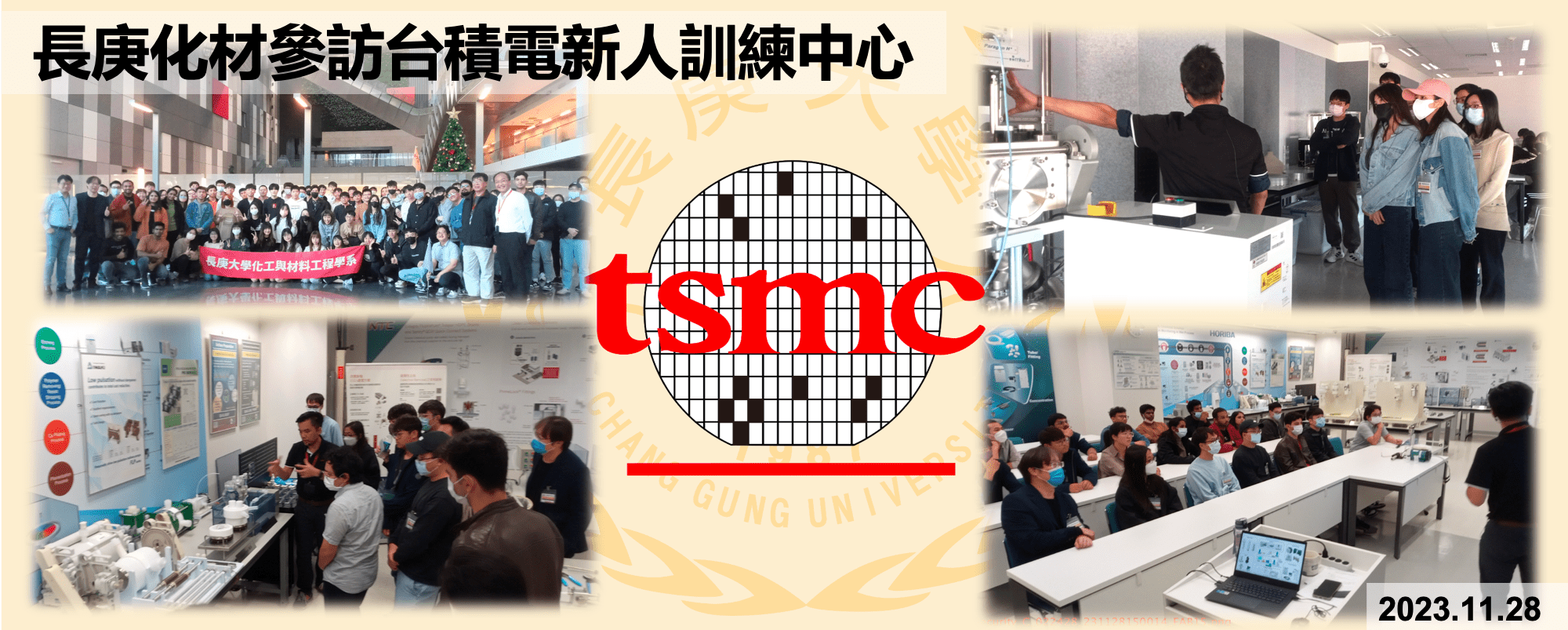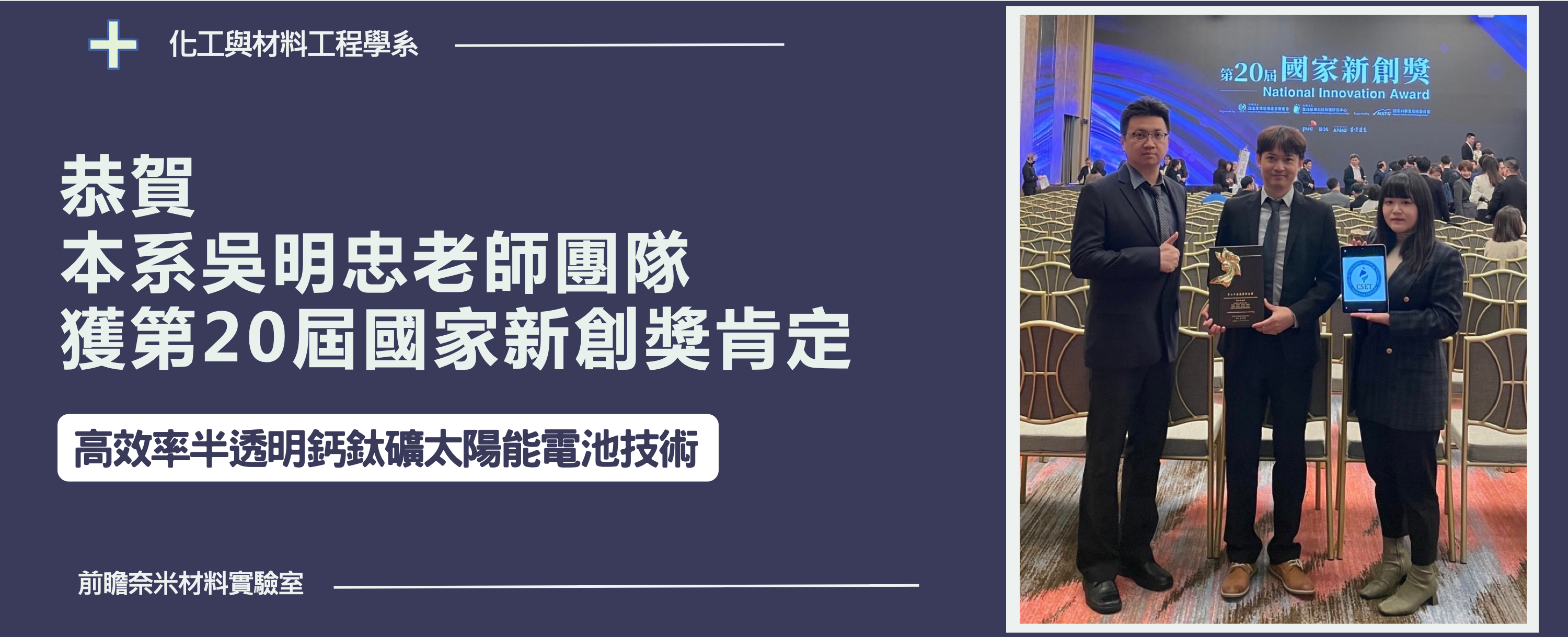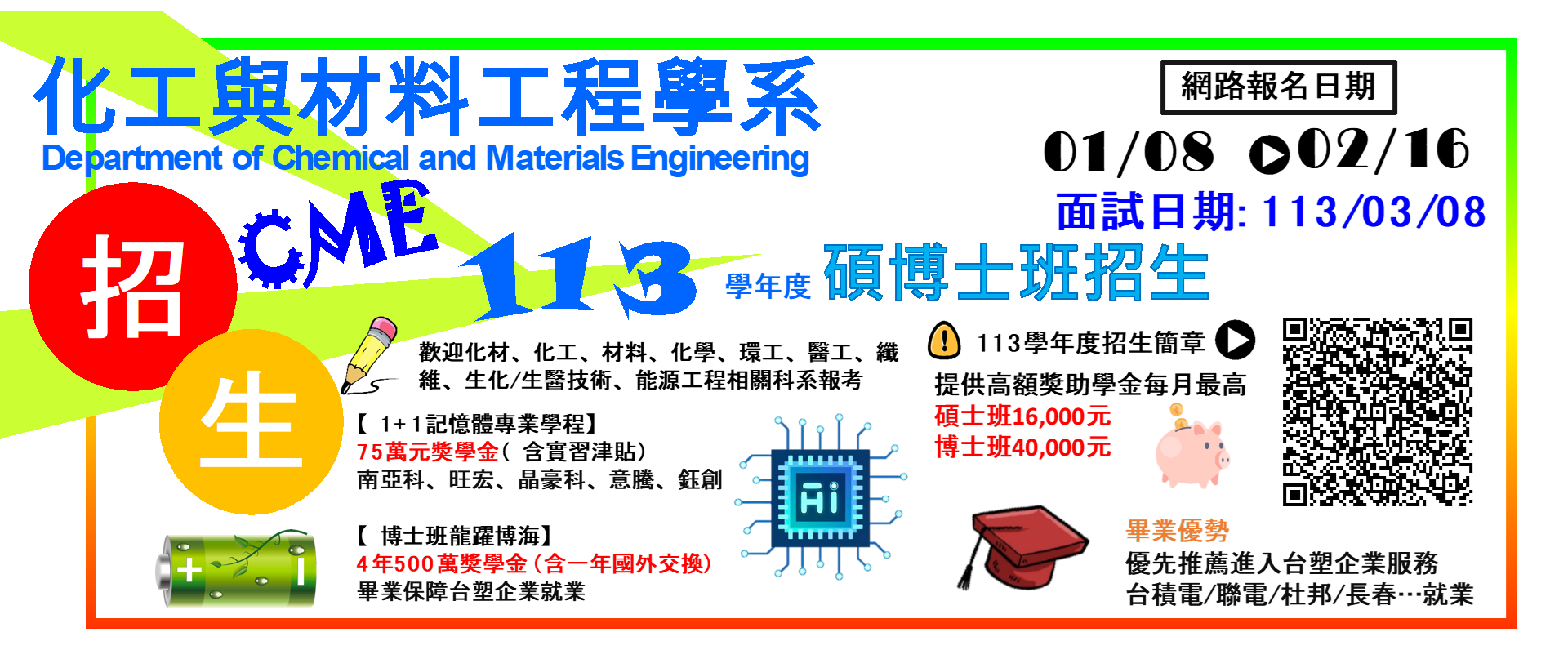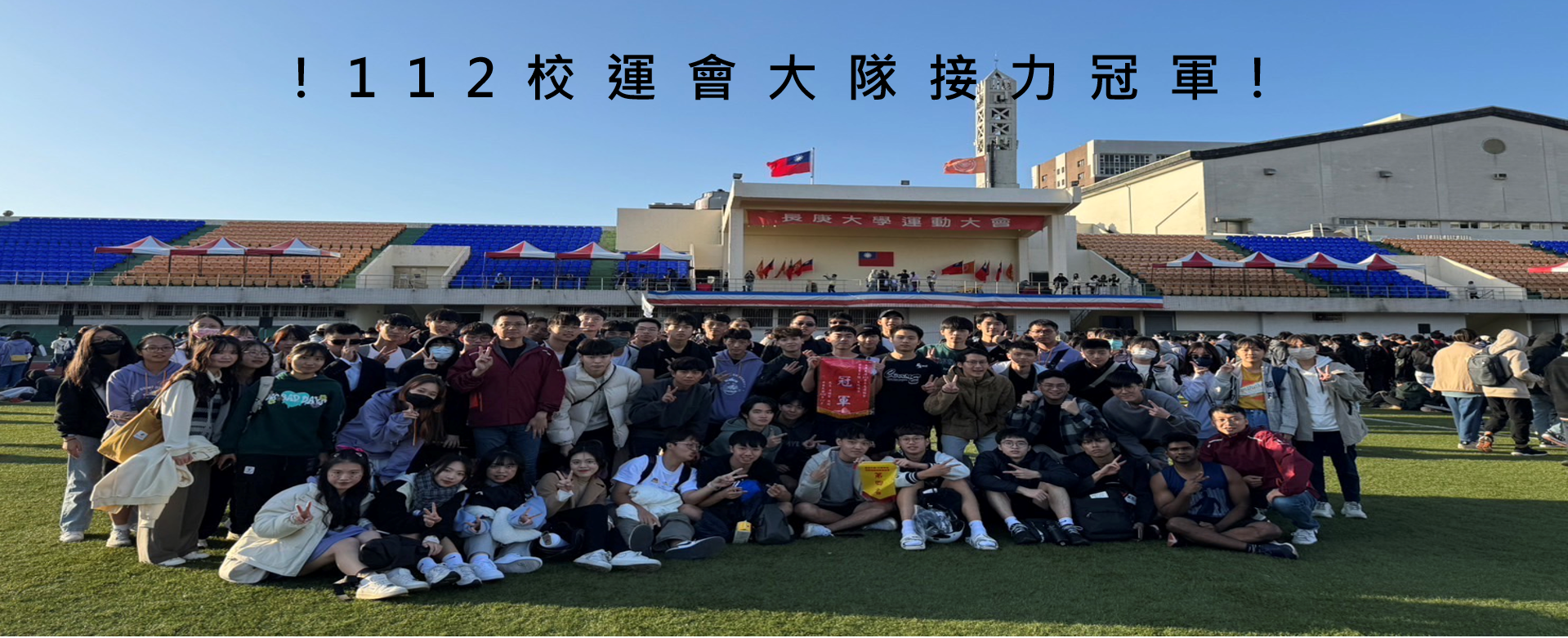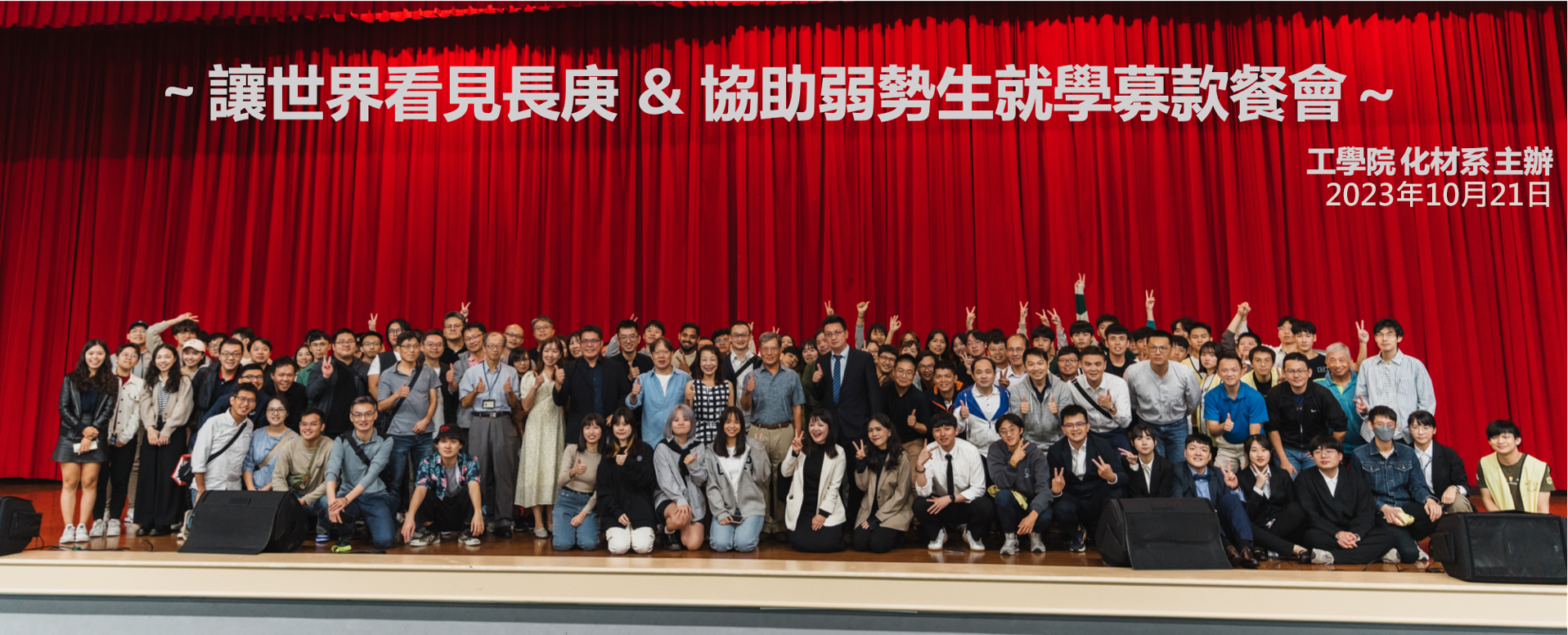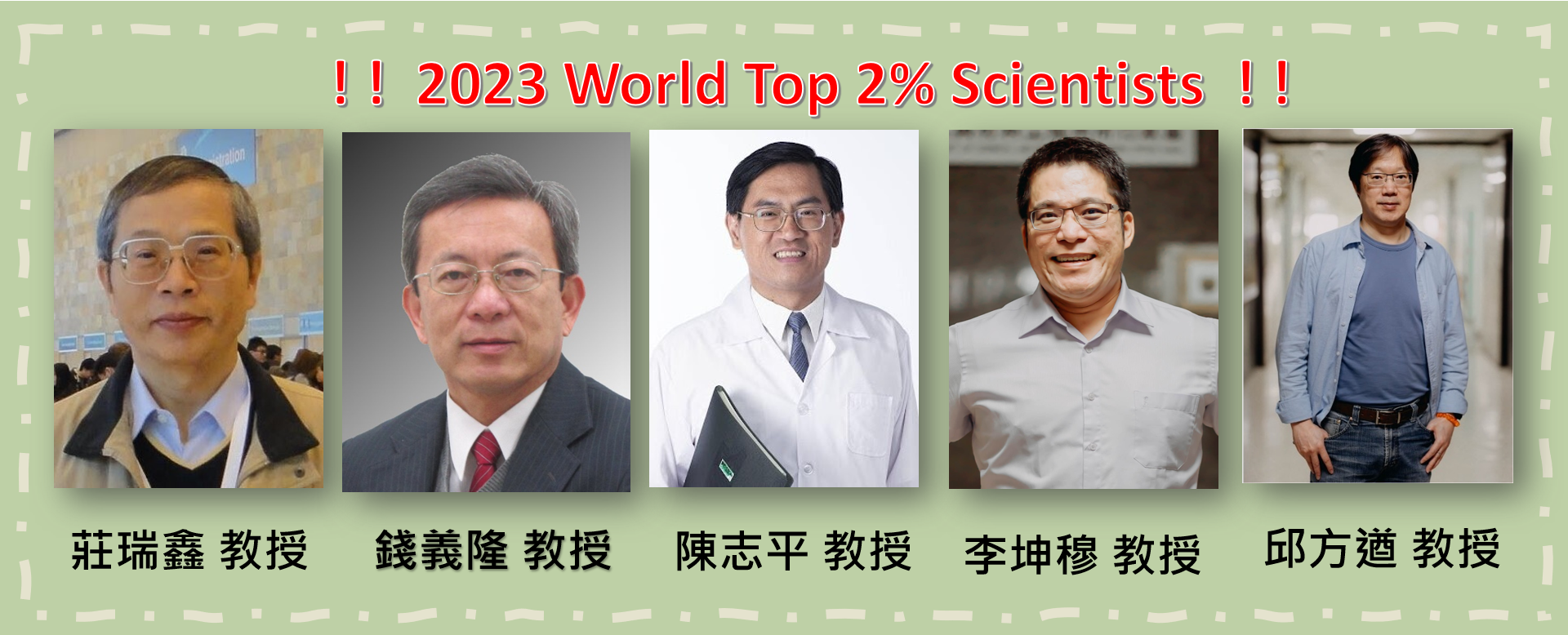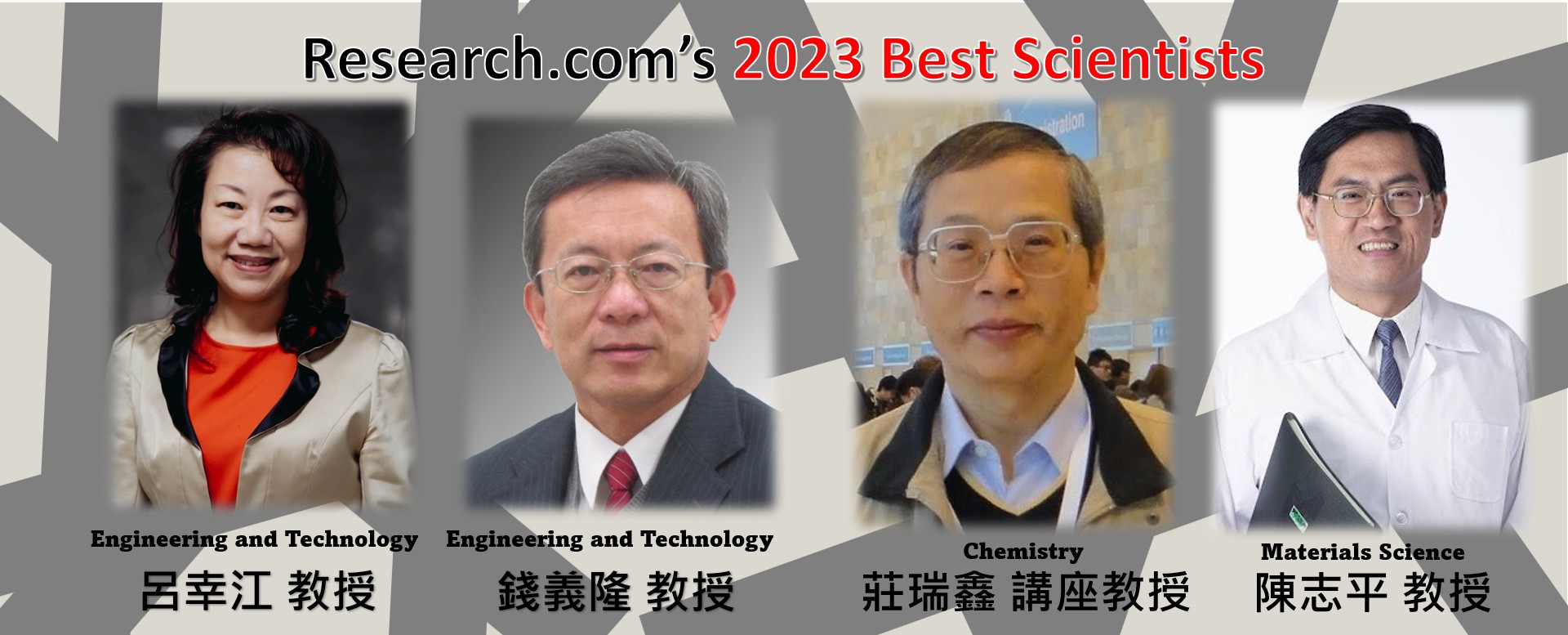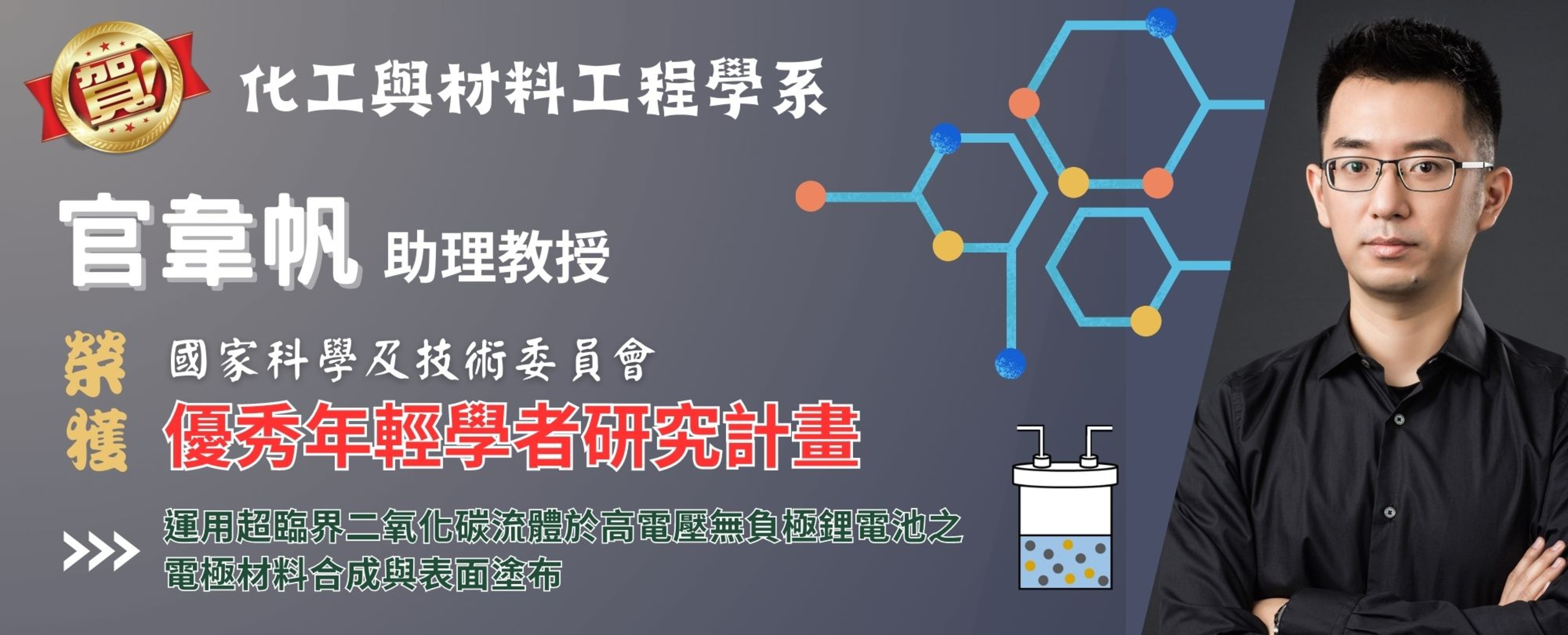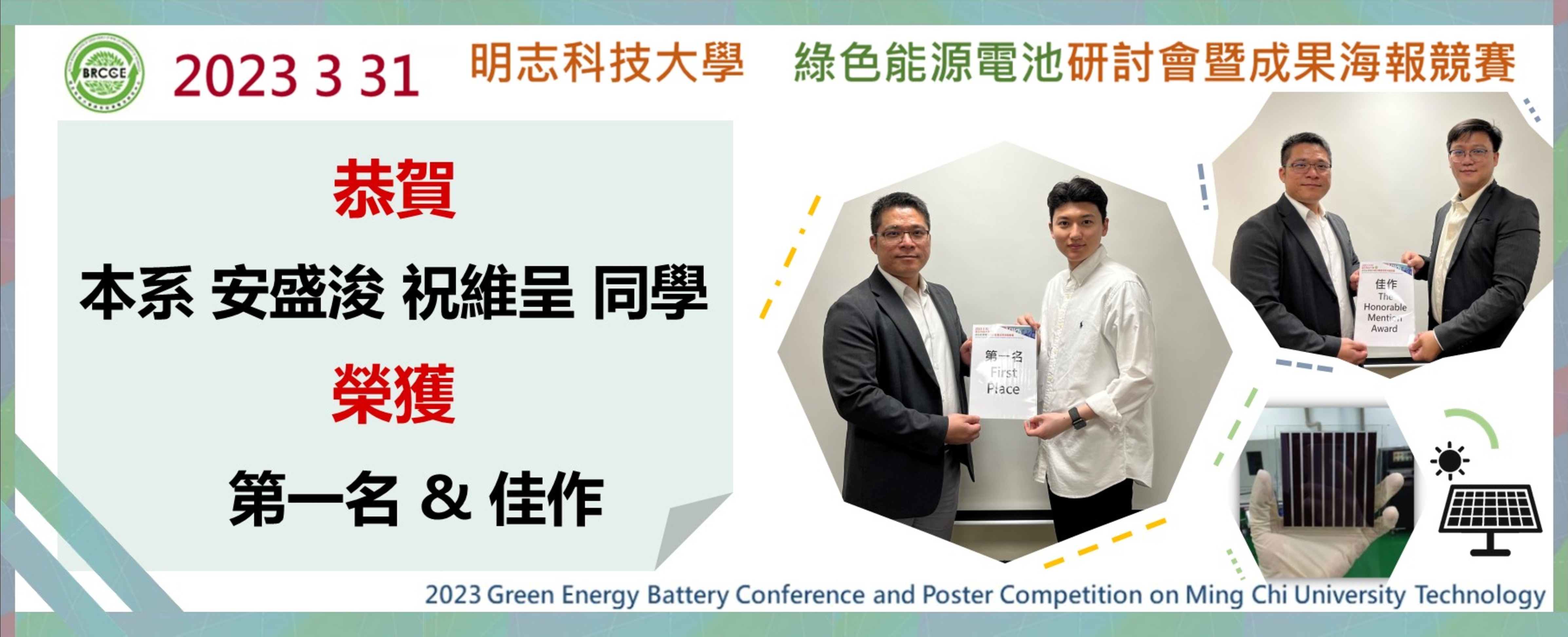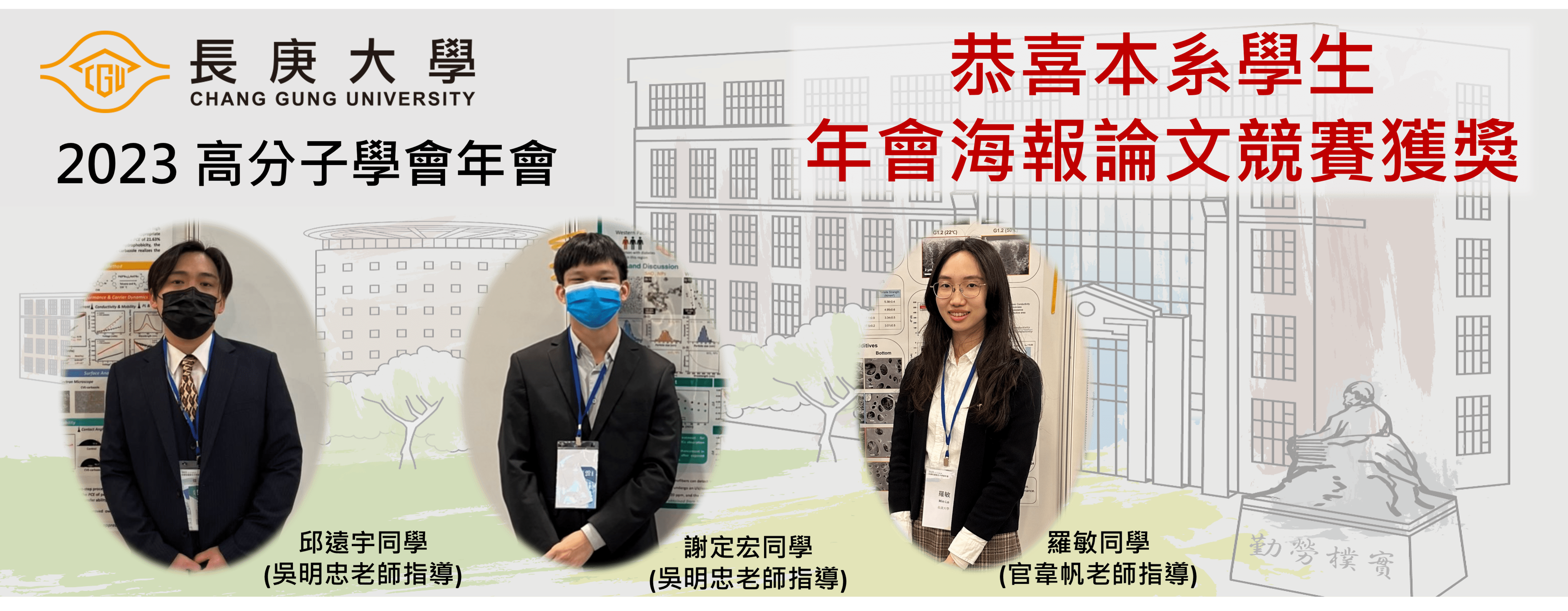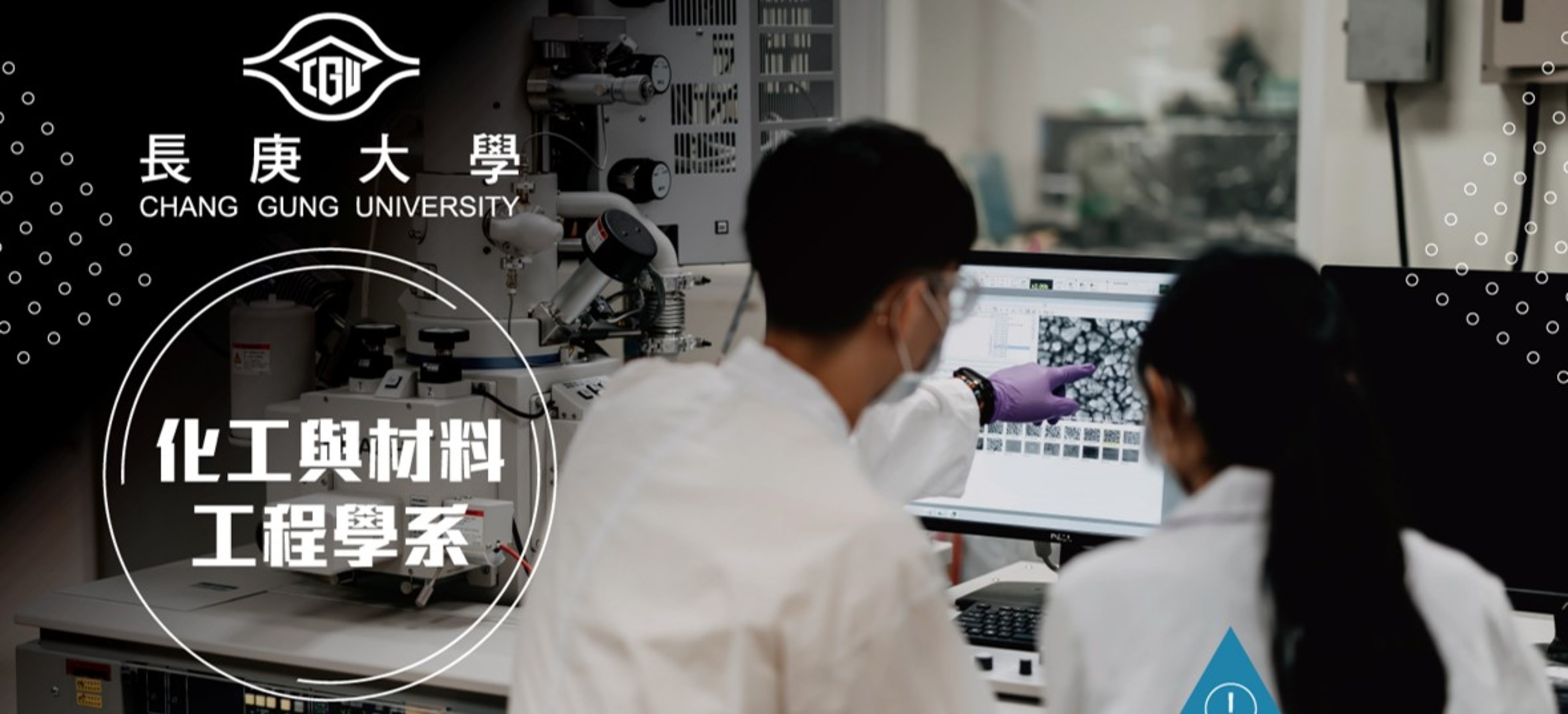研究所核心能力
核心能力
一、教育目標:
1. 教育學生熟悉科學與工程原理,包含化學工程之基礎知識 (Educate students to be familiar with the fundamentals of science and engineering, including the fundamental knowledge of chemical engineering)
2. 培養學生實驗技能 (Develop student’s experimental skills)
3. 訓練學生應用現代的實驗和電腦技術於解決工程的問題 (Train students to apply modern experimental and computer technologies to solve engineering problems)
4. 建立學生進入職場的準備 (Make students ready to enter job market)
二、學生核心能力:
a. 應用數學、科學與化學工程知識的能力。(Ability to utilize the knowledge in mathematics, science, and chemical engineering)
b. 有設計實驗、執行、數據之分析與解釋和報告的能力。(Ability to design and execute experiments and to analyze, explain, and report experimental data)
c. 具有執行化學工程實務所需之技術、技巧和使用化工儀器、設備的能力。(Ability to build up the technologies and the expertise required in chemical engineering field and to use the instruments and the equipments in chemical engineering industry)
d. 能夠整合和應用化學工程暨材料工程之知識、技術於工程的設計問題。(Ability to integrate the fundamental knowledge and the technologies of chemical engineering and materials engineering in solving engineering design problems)
e. 能夠與他人進行有效的溝通,具有良好的團隊合作能力以執行團隊工作。(Ability to communicate effectively, to cooperate with others, and to perform team work)
f. 具有發掘、分析及處理化學工程問題的能力。(Ability to explore, to analyze, and to solve the problems encountered in chemical engineering)
g. 瞭解工程對環境、社會及全球的變遷影響及解決相關問題的化學工程技術。(Ability to recognize the impacts of engineering on the changes of environment, society, and global community and the chemical engineering technologies for solving related problems)
h. 重視專業倫理責任,並具有不斷學習和精進化學工程技術的能力。(Ability to treasure professional ethics and responsibility and to improve chemical engineering technologies through continuous learning)
三、核心能力與課程規劃之對應:
|
核心能力 課程 |
a |
b |
c |
d |
e |
f |
g |
h |
|
學報討論(1) |
|
|
|
|
● |
|
|
|
|
學報討論(2) |
|
|
|
|
● |
|
|
|
|
學報討論(3) |
|
|
|
|
● |
|
|
|
|
學報討論(4) |
|
|
|
|
● |
|
|
|
|
專題研究(1) |
|
● |
● |
|
● |
● |
|
● |
|
專題研究(2) |
|
● |
● |
|
● |
● |
|
● |
|
論文 |
|
● |
● |
● |
● |
● |
● |
● |
|
科技英文寫作(1)(2) |
|
|
|
|
● |
|
|
|
|
研究用英文 |
|
|
|
|
● |
|
|
|
|
生化工程 |
● |
● |
● |
● |
● |
|
|
|
|
生醫工程 |
● |
● |
|
● |
● |
|
|
|
|
高等反應工程 |
● |
|
|
● |
|
● |
|
|
|
高等輸送現象(1) |
● |
|
|
● |
|
|
|
|
|
高等輸送現象(2) |
● |
|
|
● |
|
|
|
|
|
高等程序工程 |
● |
|
|
● |
● |
● |
|
|
|
高等熱力學 |
● |
● |
|
● |
|
|
|
|
|
高等有機材料 |
● |
● |
● |
● |
● |
● |
● |
|
|
高等無機材料 |
|
|
|
● |
|
● |
|
|
|
吸附程序原理與應用 |
● |
|
|
● |
|
● |
● |
|
|
空氣污染防制理論與設計 |
|
|
● |
|
|
|
● |
● |
|
儀控系統設計 |
● |
|
● |
● |
|
● |
● |
|
|
超臨界流體理論與實務 |
● |
|
● |
|
|
|
● |
|
|
粉粒體工程 |
● |
● |
● |
● |
|
● |
|
|
|
生理輸送現象 |
● |
|
|
|
● |
|
● |
|
|
相平衡 |
● |
● |
|
● |
|
|
|
|
|
填充床原理與應用 |
● |
|
|
● |
● |
● |
|
|
|
粉粒體加工程序 |
|
|
|
● |
|
● |
|
|
|
流體化工程 |
● |
● |
● |
● |
|
● |
|
|
|
反應工程特論 |
● |
● |
● |
● |
|
● |
|
|
|
廢水處理理論與設計 |
|
|
● |
|
● |
|
● |
● |
|
生化反應器(生醫所合開) |
|
● |
|
● |
● |
|
● |
|
|
高等程序控制 |
● |
|
● |
● |
|
● |
● |
|
|
實驗設計 |
|
● |
|
|
|
● |
|
|
|
電池與能源轉換 |
|
● |
|
|
|
● |
|
|
|
高等分離程序 |
● |
● |
● |
|
|
● |
● |
● |
|
固定化酵素與細胞(生醫所合開) |
● |
|
● |
● |
|
● |
● |
|
|
微生物應用工業(生醫所合開) |
|
● |
|
● |
● |
|
● |
|
|
酵素工程(生醫所合開) |
● |
● |
|
● |
|
● |
|
|
|
應用生物技術(生醫所合開) |
|
● |
|
● |
● |
|
● |
|
|
生物分離技術(生醫所合開) |
● |
|
|
● |
|
● |
|
|
|
陶瓷材料 |
● |
|
|
● |
|
● |
|
|
|
高分子結構與物性 |
● |
|
● |
● |
|
|
● |
|
|
薄膜技術 |
|
● |
|
● |
|
● |
● |
|
|
光電高分子及其應用 |
● |
● |
● |
|
|
● |
● |
|
|
生醫材料 |
● |
● |
● |
● |
● |
● |
● |
● |
|
固態材料化學 |
|
|
● |
|
|
● |
|
|
|
物理冶金 |
● |
|
● |
● |
|
|
|
|
|
生物材料結構與功能 |
● |
|
|
|
|
|
● |
● |
|
結晶原理與應用 |
● |
● |
● |
● |
|
● |
|
|
|
高分子摻合學 |
● |
|
● |
● |
|
|
● |
|
|
薄膜工程 |
|
● |
● |
● |
● |
● |
|
|
|
功能性高分子 |
● |
● |
● |
|
|
● |
● |
|
|
太陽光電技術 |
● |
● |
|
● |
● |
|
● |
|
|
電路板基礎工程 |
|
● |
|
|
|
|
● |
|
|
奈米生醫技術 |
● |
|
|
|
● |
|
● |
● |
|
控制釋放技術(生醫所合開) |
● |
● |
● |
|
|
● |
|
|
|
表面分析技術(生醫所合開) |
● |
● |
● |
|
|
● |
|
|
|
儀器分析特論 |
● |
|
● |
● |
|
|
|
|
|
能源技術概論 |
|
● |
|
|
|
● |
● |
|
|
高等電化學特論 |
● |
|
|
|
● |
● |
|
|
|
研究方法 |
● |
● |
|
|
● |
|
|
|
|
研究發明與專利實務 |
|
|
|
|
|
● |
|
● |
|
工程專利檢索分析與迴避設計 |
|
|
|
|
● |
|
|
● |
|
生化工程概論 |
● |
|
● |
|
|
● |
● |
|
|
工程統計與分析(生醫所合開) |
● |
|
|
|
● |
|
● |
|
|
動物與昆蟲細胞培養(生醫所合開) |
● |
|
|
|
● |
|
● |
|
|
組織與細胞工程(生醫所合開) |
● |
● |
|
|
● |
|
● |
● |
|
細胞療法與再生醫學(生醫所合開) |
● |
● |
● |
|
|
● |
|
|
